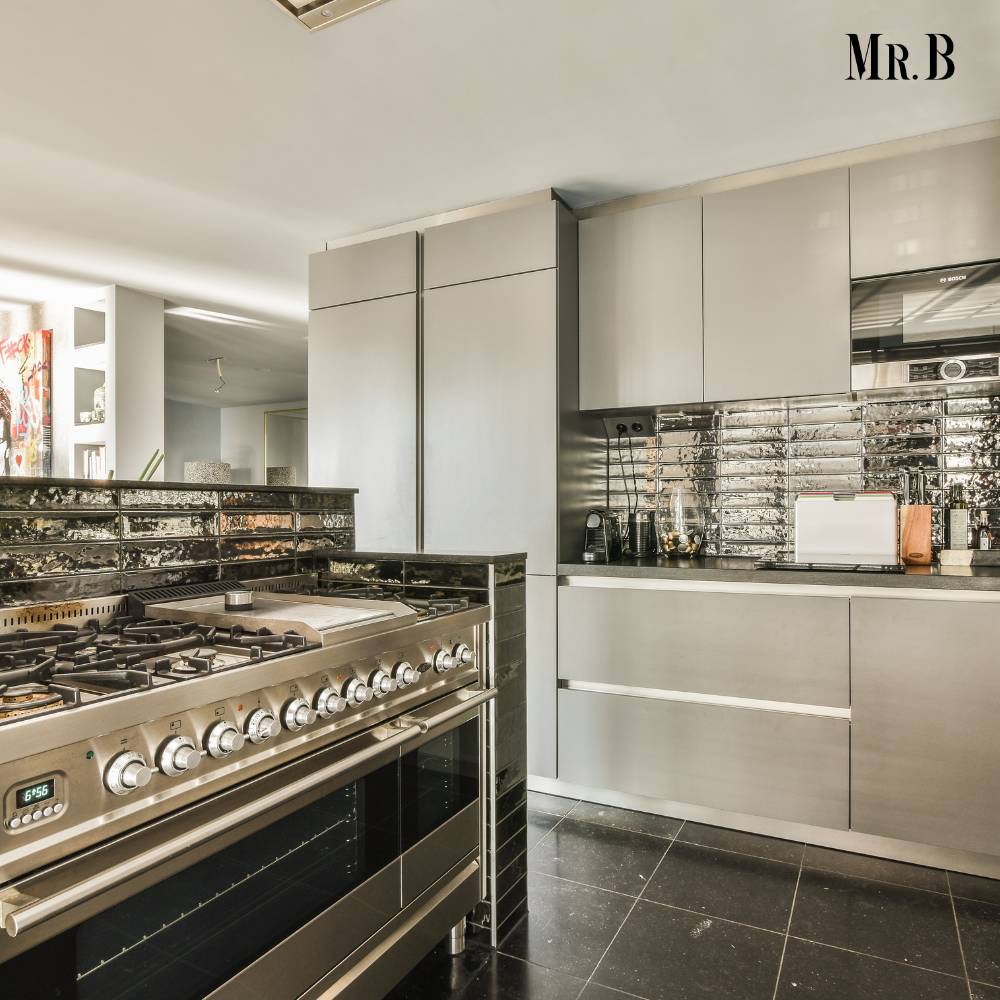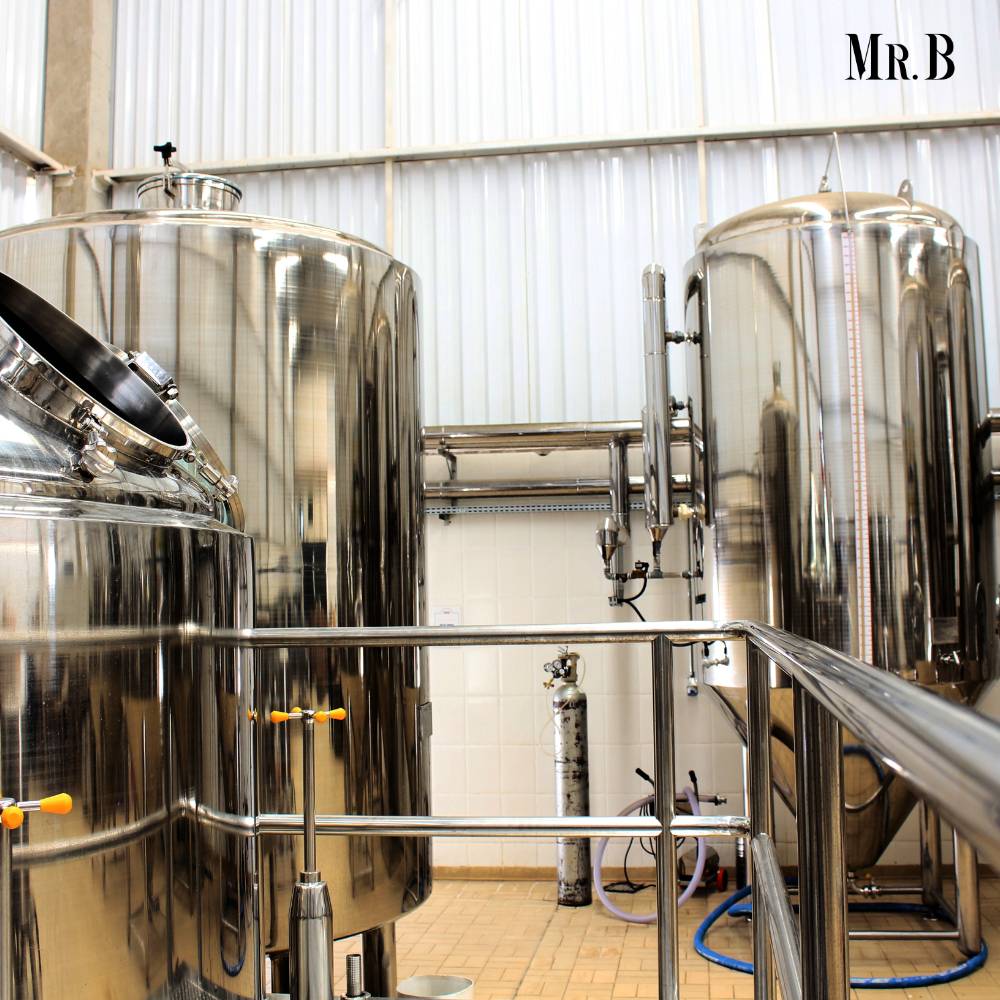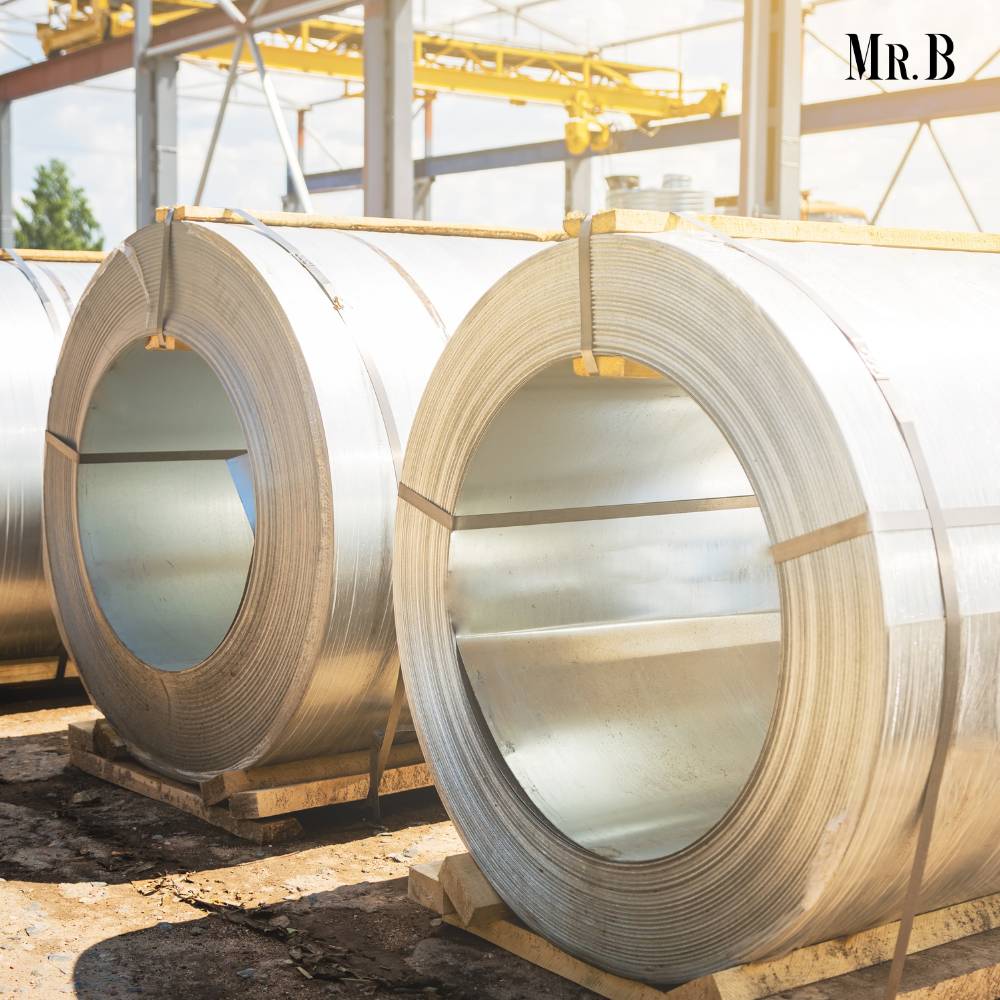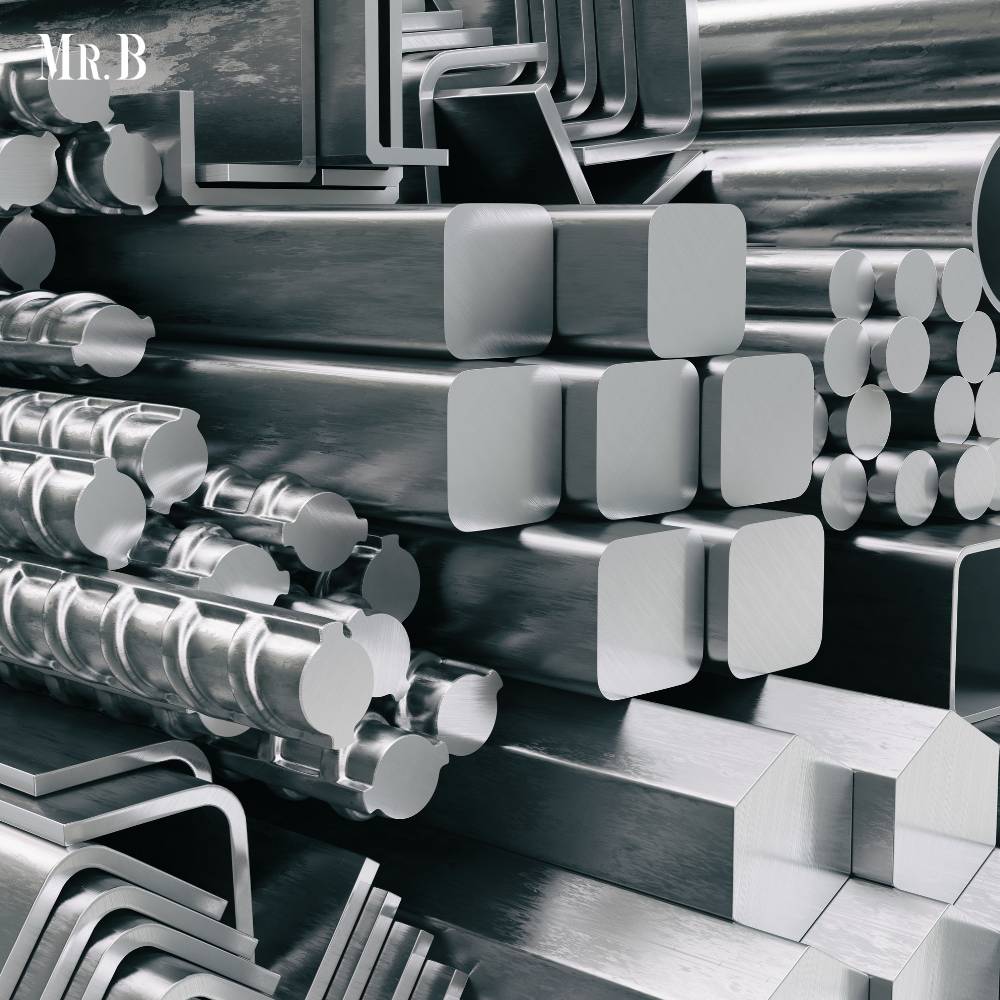In the realm of metallurgy, stainless steel stands as a timeless icon, renowned for its exceptional durability, corrosion resistance, and versatile applications. This article embarks on an in-depth journey into the world of steel, unraveling its properties, applications, and the reasons behind its enduring popularity.
Understanding the Concept:
Stainless steel is an alloy of iron, chromium, nickel, and other elements, known for its unique strength, corrosion resistance, and aesthetic appeal. The incorporation of chromium forms a protective oxide layer on the surface, preventing rust and corrosion.
Composition and Grades of Stainless Steel:
Composition:
Stainless steel typically comprises iron, chromium, nickel, manganese, and other elements in varying proportions. The exact composition determines its specific properties, making it suitable for diverse applications.
Grades:
The steel comes in various grades, each tailored for specific purposes. Common grades include 304, 316, and 430, with distinct compositions that offer varying levels of corrosion resistance, strength, and heat resistance.
Applications:
1.Architecture and Construction:

Stainless steel’s aesthetic appeal and resistance to corrosion make it a staple in architectural and construction applications. From iconic skyscrapers to durable bridges, stainless steel enhances structural integrity while maintaining visual allure.
2.Kitchen and Cookware:
The hygienic properties and corrosion resistance make it an ideal choice for kitchen appliances and cookware. Pots, pans, and utensils made from the steel are not only durable but also easy to clean and maintain.
3.Medical and Healthcare:
In the medical field, stainless steel finds extensive use due to its non-reactive nature, making it suitable for surgical instruments, medical devices, and equipment. Its corrosion resistance is crucial for maintaining sterility.
4.Automotive Industry:
The strength and resistance to corrosion make it a preferred material in the automotive sector. From exhaust systems to structural components, the steel enhances durability and longevity in various vehicle parts.
5.Oil and Gas Exploration:
The harsh conditions of oil and gas exploration demand materials that can withstand extreme environments. The steel, with its corrosion resistance and strength, is widely used in pipelines, offshore platforms, and equipment in the oil and gas industry.
Advantages:

1.Corrosion Resistance:
The inherent corrosion resistance of the steel, attributed to the protective oxide layer, ensures longevity and durability even in challenging environments.
2.Strength and Durability:
It exhibits high tensile strength, making it a robust material for structures, machinery, and various industrial applications.
3.Hygienic Properties:
The non-porous surface of the steel prevents the growth of bacteria, making it a hygienic choice for applications in healthcare, food processing, and pharmaceuticals.
4.Aesthetic Appeal:
The lustrous and timeless appearance of the steel adds a touch of sophistication to architectural designs, consumer products, and kitchen environments.
5.Recyclability:
The steel is fully recyclable, contributing to sustainability efforts in manufacturing and construction. Recycling the steel reduces the environmental impact and conserves valuable resources.
How is stainless steel used in the construction industry?
1.Structural Integrity:
In construction, the use of the steel contributes significantly to the structural integrity of buildings. The alloy’s high tensile strength and corrosion resistance make it an ideal choice for load-bearing components, ensuring that structures can withstand the test of time and environmental challenges.
2.Architectural Brilliance:
This steel’s aesthetic appeal has elevated it to a key player in architectural designs. The material’s lustrous surface adds a touch of sophistication to buildings, making it a favorite among architects and designers seeking a combination of functionality and visual allure. From iconic skyscrapers to contemporary residential buildings, the steel has left an indelible mark on the architectural landscape.
3.Corrosion Resistance:
One of the primary reasons the steel has found favor in construction is its remarkable corrosion resistance. The chromium content in steel forms a passive oxide layer on the surface, protecting it from rust and corrosion. This inherent corrosion resistance ensures that structures remain durable and low-maintenance even in harsh environmental conditions.
4.Versatility in Applications:

The steel’s versatility allows it to be used in a wide range of construction applications. From structural beams and columns to roofing and cladding, the steel adapts to diverse requirements. Its malleability and strength enable the creation of intricate designs and architectural features that enhance the overall aesthetics of buildings.
5.Longevity and Durability:
Stainless steel’s longevity is a key asset in the construction industry. Structures built with steel components boast extended lifespans, reducing the need for frequent maintenance and repairs. This durability not only ensures safety but also contributes to the long-term sustainability of constructed buildings.
6.Sustainable Building Practices:
As sustainability becomes a focal point in the construction industry, the steel aligns seamlessly with eco-friendly building practices. Its recyclability allows for the repurposing of materials, reducing the environmental impact associated with construction. This commitment to sustainability positions the steel as a responsible choice for builders and architects alike.
FAQs:
Q.1. What makes stainless steel “stainless”?
It contains chromium, which forms a protective oxide layer on its surface, preventing rust and corrosion and giving it the “stainless” quality.
Q.2. Are there different types of stainless steel?
Yes, the steel comes in various grades, each designed for specific applications. Common grades include 304, 316, and 430, with different compositions and properties.
Q.3. Can this steel rust?
While the steel is highly corrosion resistant, it can develop rust under extreme conditions. However, the protective oxide layer generally prevents this occurrence.
Q.4. Is this steel suitable for food-related applications?
Yes, steel is a popular choice for kitchenware and appliances due to its non-reactive nature, corrosion resistance, and ease of cleaning.
Q.5. Can steel be recycled?
Absolutely. Steel is fully recyclable, making it an environmentally friendly material. Recycling this steel helps reduce waste and conserve resources.
Conclusion:
Stainless steel, with its enduring brilliance and multifaceted characteristics, continues to shape industries and innovations across the globe. From architectural marvels to everyday items, its influence is pervasive. As we navigate the intricate landscape of metallurgy, the timeless allure and practical benefits of it stand as a testament to its indispensable role in modern civilization.








